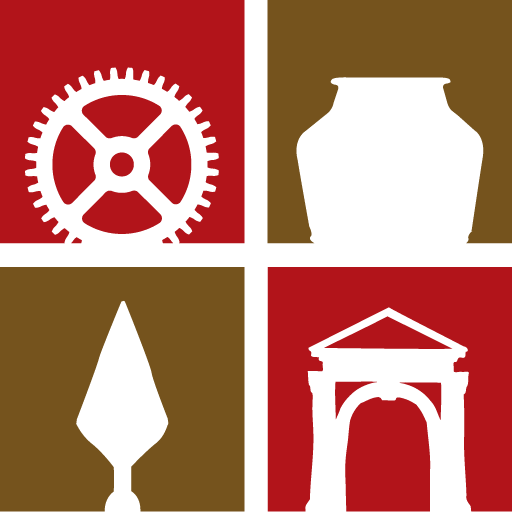On Friday 1 December 2017 we were pleased to welcome Prof Daniel Schávelzon and Dr Patricia Frazzi to The Big Dig Archaeology Education Centre, following their afternoon tour of The Rocks with Dr Wayne Johnson. We were delighted that the Argentinian Consul-General in Sydney, Mr Hector Raul Pelaez, was also able to join us.
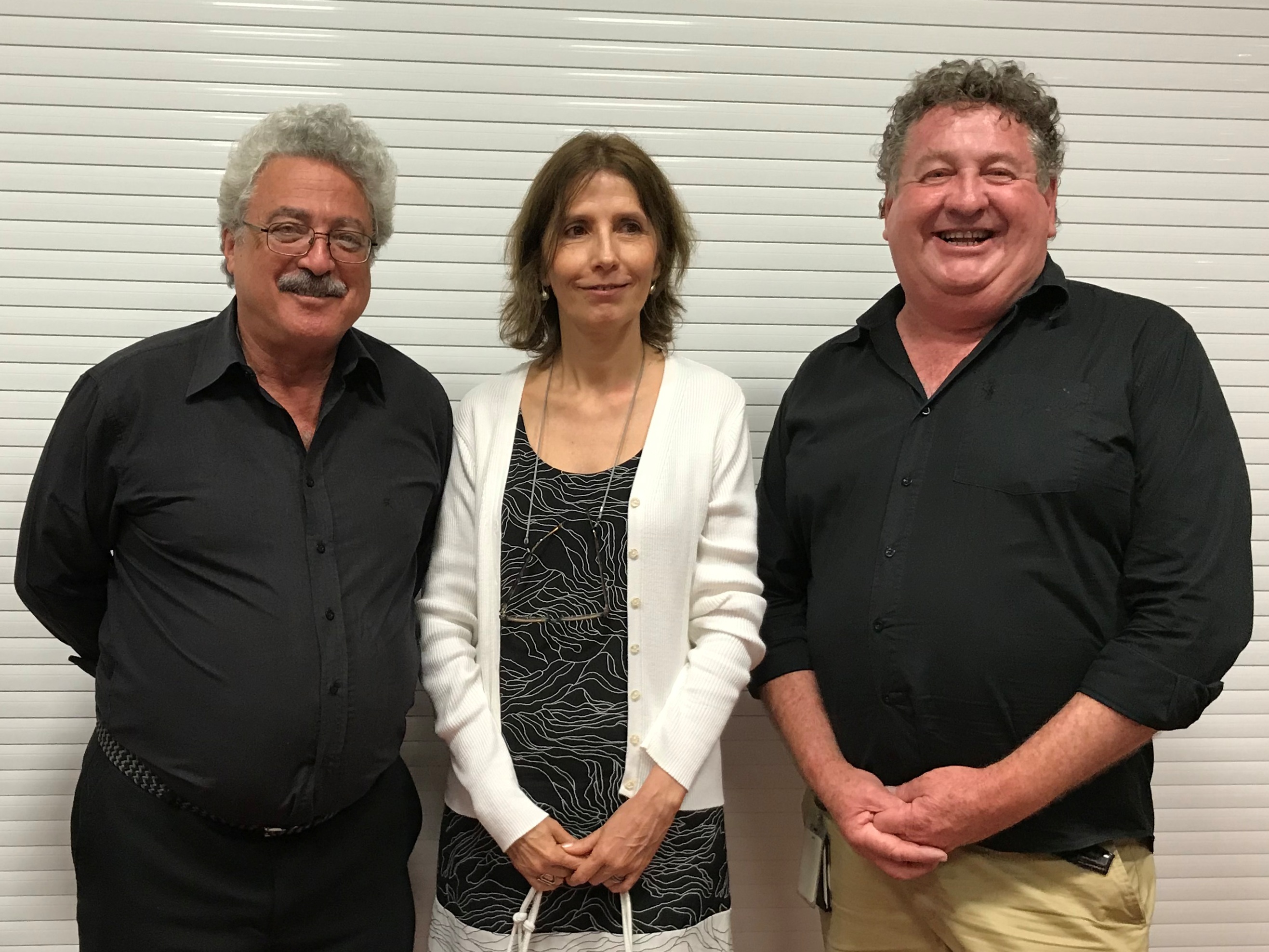
Prof Daniel Schávelzon, Dr Patricia Frazzi and Dr Wayne Johnson
Prof Schávelzon and Dr Frazzi gave our members a fascinating talk about their work on the excavations of a Nazi hideout or refuge complex (image below), deep in the jungle of what is now Teyú Cuaré Park, Misiones, in Argentina. Prof Schávelzon explored the complex of three main buildings and several ancillary buildings, noting how the buildings were constructed by local labour interpreting Germanic designs and construction methods.
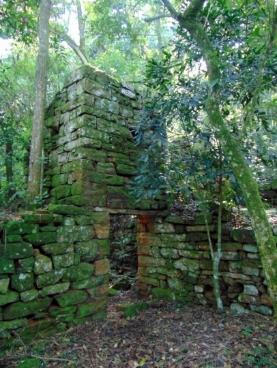
Four garbage pits were excavated with thousands of artefacts found, dating the site to the 1940s – 1950s, as well as a collection of coins (image below) from various German-occupied European nations.
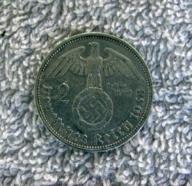
An intriguing pit, which initially the team thought may be a grave, showed evidence of burial of an object, a cubic metre in size, which at some later point was retrieved. A belt with a Spanish military buckle (image below) belonging to General Franco’s army, in use till 1975, was deliberately buried when the pit was refilled.
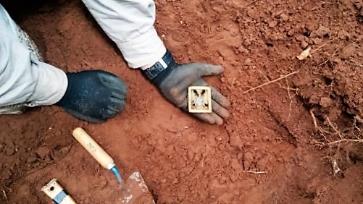
Prof Schávelzon explored how the lack of historical records was ameliorated by a wealth of local stories, including building materials being reused in local housing. However, he noted that some of those local memories turned out to be recollections from newspaper and magazine articles from 1976 when the site was rediscovered, and commented on how recent international media has picked out the storyline it finds most newsworthy. The practice of historical archaeology plays a very important role in better understanding such curious sites.
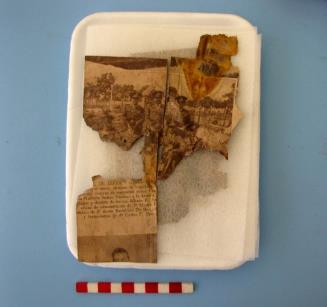
Dr Frazzi recounted how her team worked in very difficult conditions to conserve significant but extremely fragile artefacts (image above), showing the remarkable transformation of matted lumps of paper into a page of newspaper and a postcard of Hitler and Mussolini. Their careful research on unusual finds, such as a fragment of expensive lamp glass from Germany, was most impressive.
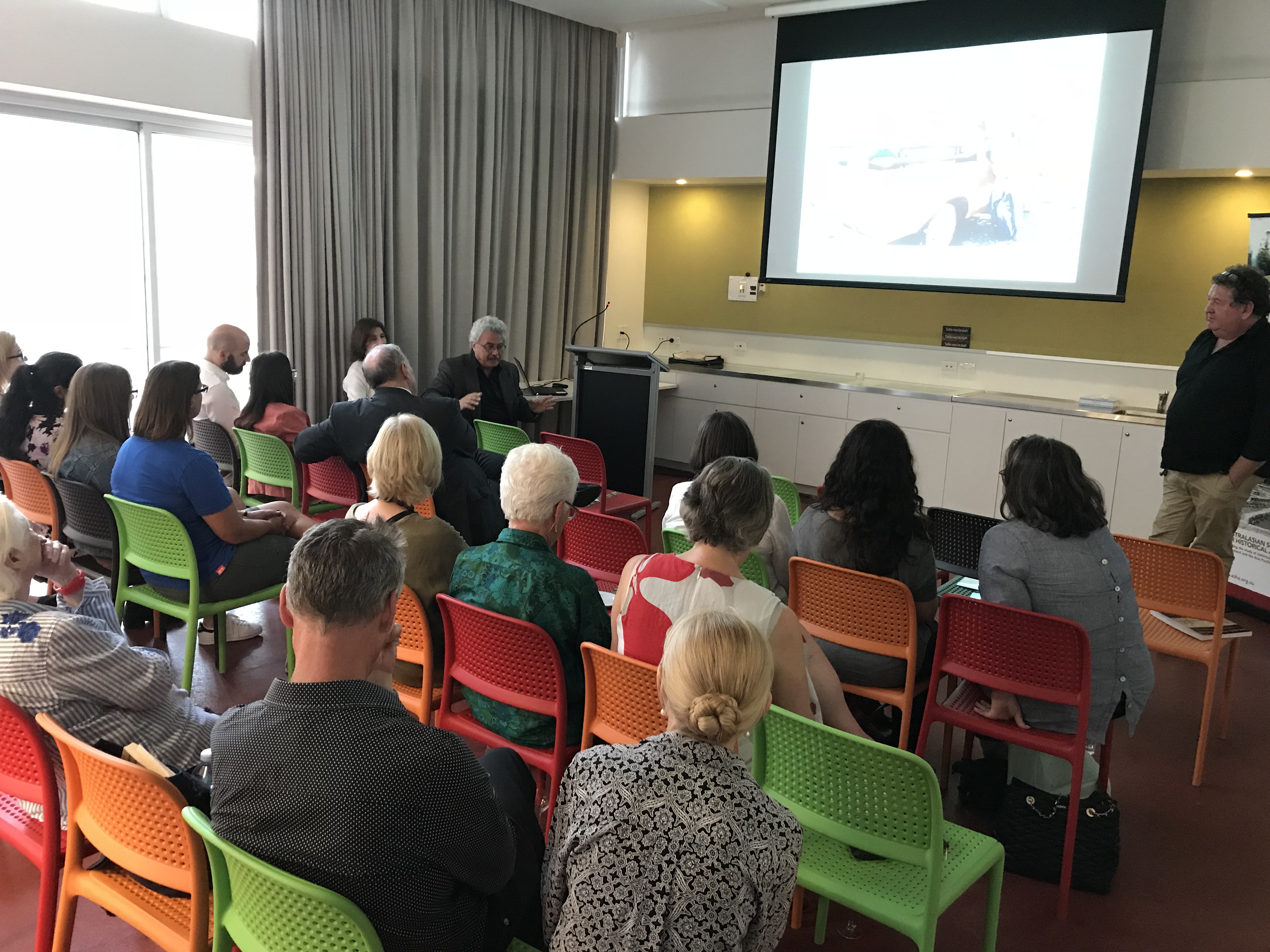
For those who weren’t able to make the talk a copy of the IJHA paper about the excavations is available here: https://link.springer.com/article/10.1007/s10761-017-0442-1

